The sports drink market exhibits a dynamic competitive landscape characterized by rapid innovation and evolving consumer preferences. Key players such as Gatorade (US), Powerade (US), and BodyArmor (US) are at the forefront, each adopting distinct strategies to enhance their market presence. Gatorade (US) continues to leverage its strong brand equity, focusing on product innovation and athlete endorsements to maintain its leadership position. Powerade (US), on the other hand, emphasizes affordability and accessibility, targeting a broader demographic through strategic partnerships with fitness organizations. BodyArmor (US) has carved a niche by promoting its natural ingredients and health-oriented messaging, appealing to health-conscious consumers. Collectively, these strategies contribute to a competitive environment that is increasingly driven by brand loyalty and product differentiation.
In terms of business tactics, companies are increasingly localizing manufacturing and optimizing supply chains to enhance efficiency and responsiveness to market demands. The market structure appears moderately fragmented, with several players vying for market share, yet dominated by a few key brands. This fragmentation allows for diverse product offerings, catering to various consumer segments, while the influence of major players like Gatorade (US) and BodyArmor (US) remains substantial.
In October 2025, Gatorade (US) launched a new line of electrolyte-infused beverages aimed at the growing segment of health-conscious athletes. This strategic move not only reinforces Gatorade's commitment to innovation but also positions the brand to capture a larger share of the market focused on functional beverages. The introduction of this product line is likely to enhance consumer engagement and loyalty, further solidifying Gatorade's market dominance.
In September 2025, BodyArmor (US) announced a partnership with a leading fitness app to integrate its products into personalized hydration plans for users. This collaboration signifies a shift towards digital transformation in the sports drink sector, where technology plays a crucial role in consumer interaction. By aligning with a fitness platform, BodyArmor (US) enhances its visibility among health-conscious consumers, potentially driving sales through targeted marketing strategies.
In August 2025, Powerade (US) unveiled a new marketing campaign focused on inclusivity and community engagement, aiming to resonate with a diverse consumer base. This initiative reflects a broader trend within the industry, where brands are increasingly prioritizing social responsibility and community involvement. By fostering a sense of belonging, Powerade (US) seeks to differentiate itself in a crowded market, appealing to consumers who value brand ethics alongside product quality.
As of November 2025, the competitive trends in the sports drink market are increasingly defined by digitalization, sustainability, and the integration of artificial intelligence. Strategic alliances are becoming pivotal, as companies collaborate to enhance product offerings and market reach. The competitive landscape is likely to evolve, shifting from traditional price-based competition to a focus on innovation, technology, and supply chain reliability. This transition suggests that companies that prioritize these aspects will be better positioned to thrive in an increasingly complex market.



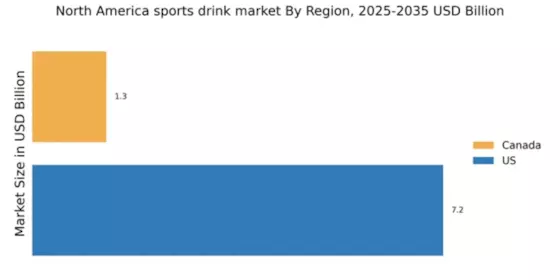

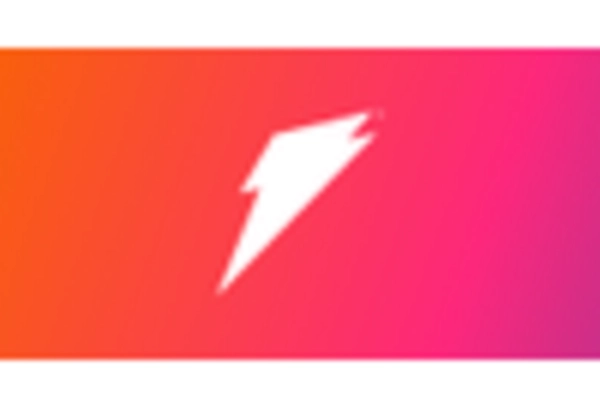
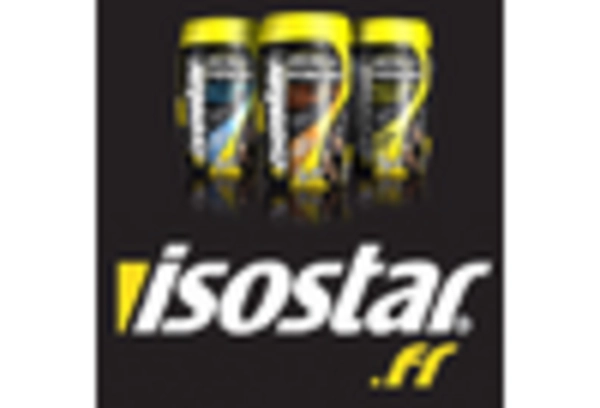
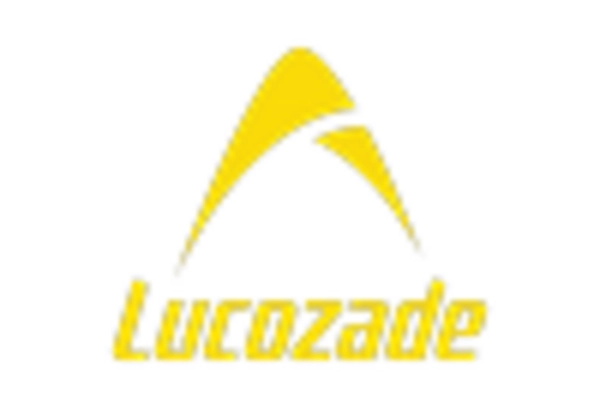
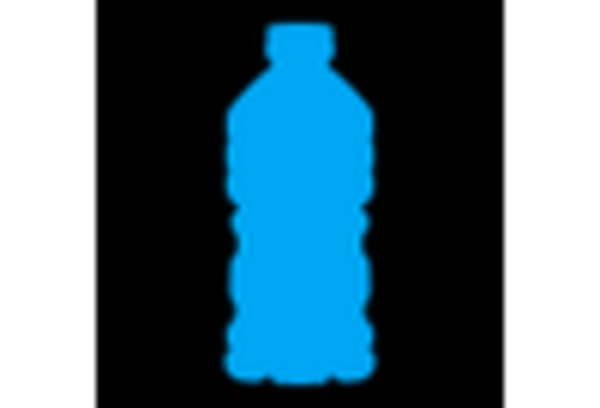
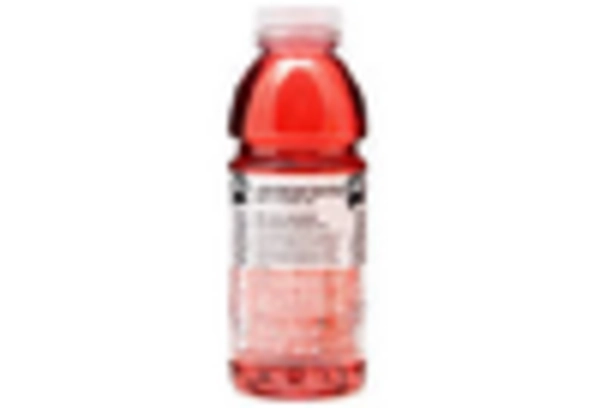








Leave a Comment